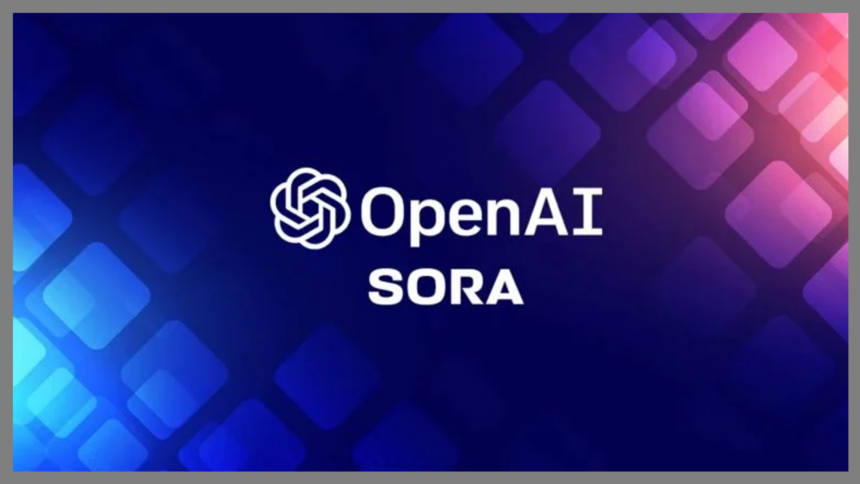OpenAI’s Sora video generator has officially launched for users with Plus or Pro accounts. Whether you’re a casual creator or a professional, Sora is here to change the video-making game.
What’s Happening & Why This Matters
Sora, OpenAI’s latest AI-powered tool, promises to make video generation as easy as writing a text prompt. Available through a standalone platform at Sora.com, it allows creators to generate videos based on text prompts. With the Plus account at $20/month, users can create 20-second videos (50 per month) at 480p, or fewer at a higher 720p resolution. For those who need more, the $200/month Pro plan offers unlimited videos at 1080p resolution.
Sora uses a diffusion model and transformer architecture, meaning it starts with a noisy base and gradually clears it up, creating the video step by step. Thanks to the model’s foresight of several frames at once, it can track subjects even when they temporarily go out of view, addressing one of the model’s early challenges.
Limitations & Warnings
However, OpenAI cautions that Sora isn’t perfect. It can generate unrealistic physics and struggles with complex actions over longer periods. While it’s faster than the preview version released earlier this year, it’s still being refined, and the technology remains costly. OpenAI says it’s working hard to make it more affordable and accessible.
Sora has sparked a mixed reception. Creators have started sharing their work on a social media-style feed within the app, but it hasn’t been all smooth sailing. Some filmmakers who got early access leaked the tool after feeling pressured to give positive feedback. YouTubers are also raising concerns about the AI model training on their videos, while actors are fighting to protect their likenesses from AI-generated use.
OpenAI is also battling fears that bad actors could use Sora to produce deepfakes, including harmful content like child sexual abuse material or fabricated news clips. To address this, OpenAI has blocked the creation of such videos and restricted the ability to upload images of people for video use. Every video generated by Sora comes with a certificate of origin, but OpenAI admits this solution is not foolproof.
The Bigger Picture: Misinformation & Deepfakes
Misinformation remains a huge concern. Early beta testers have demonstrated the ability to generate fake news videos with Sora. To combat this, OpenAI includes visible watermarks by default and adds a C2PA certificate, a step to make it clear that a video is AI-generated. But will these measures be enough to curb misuse?
TF Summary: What’s Next?
Sora’s release is a monumental milestone for the future of AI-driven creativity. OpenAI hopes to establish a responsible ecosystem where creators can explore new forms of storytelling while addressing potential risks — including the spread of misinformation and unethical content.
The challenge lies in finding a balance between creative freedom and control. As Sora receives more usage, TF notes interestingly how this tool impacts industries from Hollywood to social media. Can OpenAI’s safeguards ultimately ensure its safe, ethical use?
— Text-to-Speech (TTS) provided by gspeech



